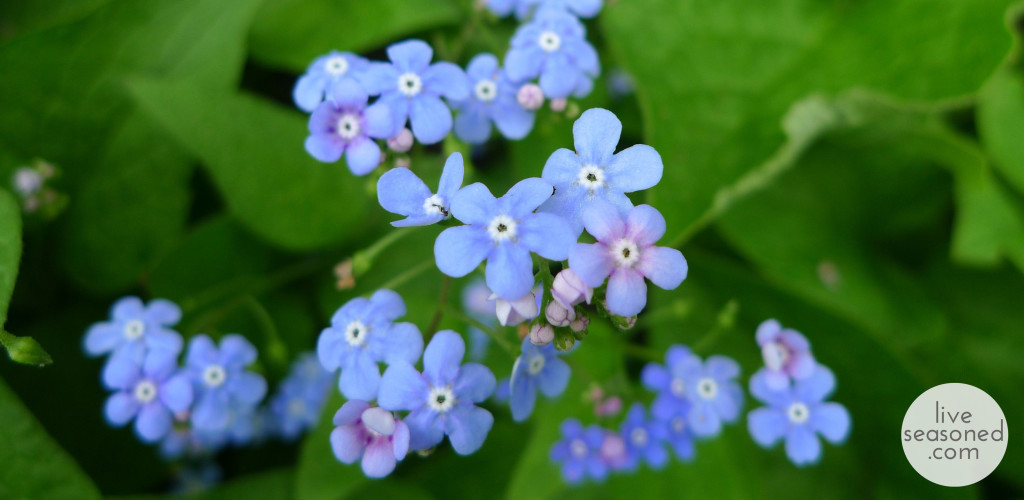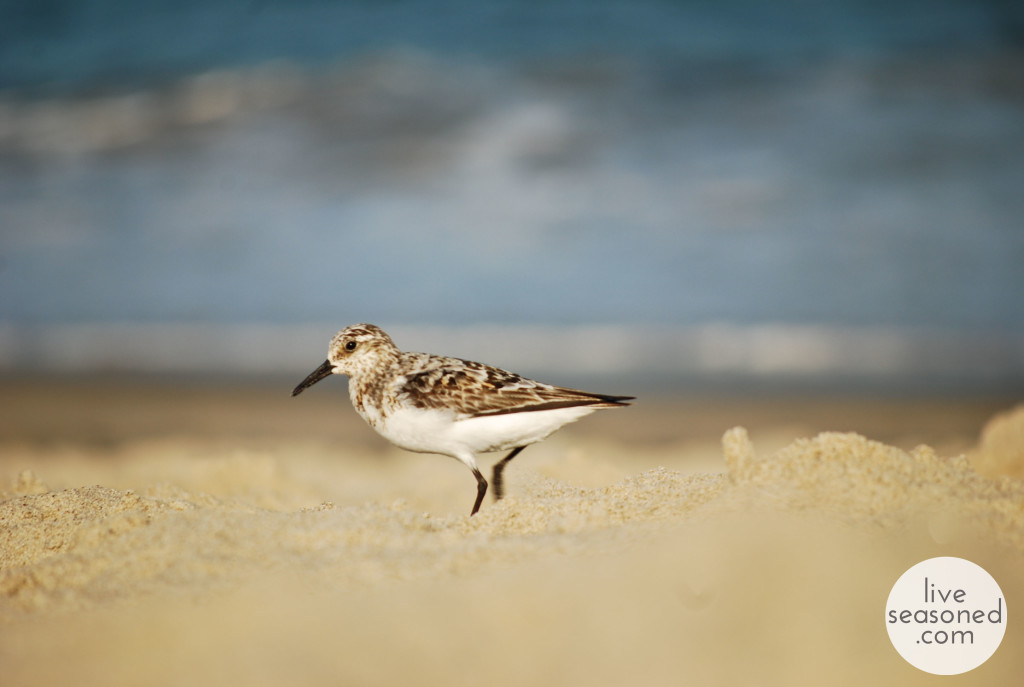On the first Wednesday of every month you will find us checking in with what’s coming up on the calendar and what’s going on outside.
I almost started this post complaining about our long cold spring, but caught myself in the nick of time. Most days it still seems to be unseasonably chilly. Case in point, we walked down to the baseball fields for concession-stand-dinner tonight (our new favorite dinner “out” with Alex), and I found myself bundling up in my vest and cozy winter hat! So while I could grumble, I would be doing just as much complaining if the weather were warm, because we don’t have time to enjoy this year (apparently I’m a complaining ball of fun these days). There’s packing to do! As I got ready to write this post, thinking about all of the creatures just ending their spring migrations, I’m reminded that we’re just starting our migration west, and at least for the next month, I hope time stands still outside so I don’t miss all of the action.
Of course, I want to quickly point out that while I’m calling this an unseasonably cold spring, it’s just that I’m used to the warm, early springs we’ve experienced over the past few decades. Records show that spring is arriving an average of 25 days sooner than it did a mere 40 years ago!
We started this spring keeping tabs on the migration of the monarchs, ruby-throated hummingbirds, and whooping cranes. The whopping cranes that arrived in their summer territory are now busy making their nests and protecting their eggs during the 30-day incubation period. If you’ve been waiting on the hummingbirds, it’s time to put out your feeder! Over the past week, hummingbirds have been spotted in the northeast and southern Canada. The monarch migration has reached as far north as Virginia,with the exception of a single spotting in Minnesota. Can you blame them for lagging behind their feathered friends when they rely on at least four generations to make the trip north?
As we mentioned in March, the overwintering monarch populations in Mexico were at record lows. There is concern that a variety of stresses, from habitat loss and pesticide use to climatic change, may be to blame. If you have a bit of space and want to do something to support the population, plant milkweed. The butterflies lay their eggs soley on milkweed, but as native vegetation has been converted to farms, suburban yards, and commercial development, the milkweed has disappeared. Unfortunately, milkweed can be hard to find in your local nursery (it’s never been a widely popular plant). BUT if you’re affiliated with a school or nonprofit, you can request free milkweed plants from Monarch Watch. Another option is to buy seeds. Please plant some this year!
As spring turns to summer, our minds turn to our favorite marshes along the east coast that are teeming with life. This month and next the great Horseshoe Crab Survey takes place along the beaches of New Jersey and Delaware. During the evening high tides on around the full and new moons, the horseshoe crabs swarm the calmer shores of the east coast bays to spawn. They lay clusters of eggs in the sand, some of which may stay dormant until the following year while others will start developing right away. The millions (billions?) of eggs provide a vital food supply for birds like the Sanderling pictured below that are passing through on their way to the arctic. The horseshoe crab is such an interesting animal, and we’re working on a full species profile that we’ll share this summer!
So, when you look up at the Full Flower (and Corn Planting) Moon on May 14th and the new moon on the 28th, think about those prehistoric horseshoe crabs (related to spiders) that are busy laying eggs and the volunteers trekking through the sand to help us track their populations. The Eta Aquarids Meteor shower, created by dust particles from comet Halley, is visible this month through May 28th. The showers peaked this year on May 5th, but that shouldn’t deter you from turning your eyes to the sky whenever you’re out on a clear, dark night! If planets are more your thing, Saturn will be at its closest point to Earth on May 10th. With a good telescope, you should be able to see the planet and a few of its moons. Finally, the Earth is on a trajectory to pass through a comet debris field, and it’s expected that this will create a flurry of meteor activity. Let us know if you see anything!
What’s blooming in your garden? In central PA the bleeding hearts, forget-me-nots, and lilacs are just starting to flower, right on the heals of a surge of tulips and daffodils at the end of April. This is one of my favorite times of year for cut flowers, because between the lilacs and the impending peony blooms, you can create some beautifully fragrant bouquets! One week ago we were visiting Philadelphia, and I mentioned on Instagram that everything was in bloom. No exaggeration, and it was beautiful! Of course, PA is no NC, and as Sarah is quick to show us, everything is green there, while the tulip trees and ginkos are just starting to leaf out here. I saw the following tweet this week, and laughed at how perfectly it describes a trip up or down the east coast in spring.
On @amtrak's #Phenology Express. From Washington DC where leaf-burst is in full-swing to CT where maples are just flowering. 2 wks in 4 hrs.
— Adam Markham (@AdamCMarkham) April 29, 2014
Our forsythia blooms are on their way out, and we wanted to remind everyone that this is the perfect time to prune those spring-flowering shrubs. Any woody shrub that flowers in the early spring produces those buds during the summer, so you want to prune now in order to give the shrubs enough time to make next year’s buds. If you prune too late in the summer, you’ll cut off the buds and won’t have any flowers next year. While you’re out in the garden, this is also the time of year when you should pinch back your fall-blooming asters and autumn sedum. Pinching them back will create stalkier and more sturdy stems come fall.
The farmers’ markets are really starting to hit their stride. At Sarah’s local market in North Carolina, the strawberries, asparagus, radishes, and salad greens abound. I’m particularly excited for my first fresh rhubarb of the season. I like to combine the rhubarb with fresh strawberries and use that as the filing for this crumb pie recipe. If you have a garden in Zone 6, May is a busy month for planting. Tomatoes, eggplant, peppers, and squash will all go in the ground this month!
With the warmer weather comes all sorts of festivals. How about a rhubarb festival to celebrate that early crop’s arrival. Like sheep? and wool? Head to NH, Massachusetts, or Kentucky for their sheep and wool festivals. If celebs are more your thing, the Cannes film festival is May 14th- 25th. Or are you more the cheese-rolling-type? May 24th is World Fish Migration Day; this post is getting fishy fast. If you’re in the US for the month, don’t forget to dust off your grill and pull out the bocce set because Memorial Day is May 26th. And no mom, of course I didn’t forget, Mother’s day is May 11th. That’s this Sunday!… and now we’re off to do some shopping for mom.
Happy May!








